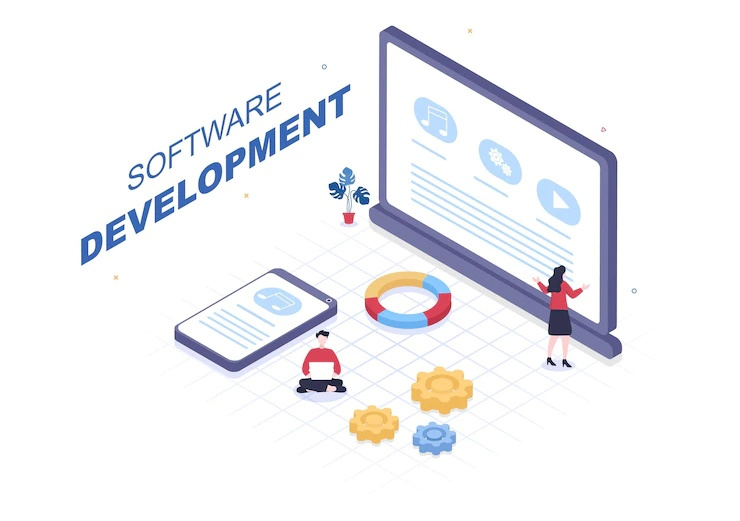You may wonder how to get started if you are new to software development or want to switch careers. It’s important to remember that different people will give you other recommendations on what to study for your embedded software development career. This blog provides a list of suggested languages for beginner embedded software developers to learn. And also offer some advice on how to go from working with embedded software to embedded hardware.
What is Embedded Programming Language?
The term “embedded programming language” refers to the programming language used by embedded system designers. Most of these embedded programming languages provide direct, low-level access to the device’s hardware. Several widely used programming languages among developers working on embedded systems exist. Embedded programming languages are another name for this type of software. However, there is much more to programming than just typing.
Different Languages for Programming Embedded Systems
Embedded software runs on an OS, typically a real-time OS, that can handle numerous tasks simultaneously. Embedded systems are usually developed in Phyton, C/C++, or JavaScript and run on various operating systems, including Linux OS, VxWorks, Nucleus RTOS, Fusion RTOS, OSE, micro C/OS, etc. The choice of programming language is one of the most important decisions to make while designing embedded software. This decision is influenced by several factors, some of which are listed below.
Size: Embedded processors or microcontrollers have a specified amount of ROM, Read Only Memory based on their application; therefore, a program’s memory requirements are significant.
Speed and Agility: the rate at which the code is executed must be lightning-fast.
Portability: refers to a single software’s capacity to compile code for various processors.
- There are many challenges associated with the implementation.
- It can be hard to do maintenance.
Constituents of Embedded Systems
The following is a list of components embedded systems contain:
1. Embedded Hardware
The microcontroller serves as the embedded system’s central processing unit (CPU), and several peripheral devices are connected to the embedded hardware to communicate.
2. Embedded RTOs
All significant AR operations are carried out with the help of an embedded real-time operating system.
3. Device Drivers
These programs are responsible for bridging the gap between operating systems and peripheral devices.
4. Communication Stacks
These allow for two parties to exchange information with one another using external devices.
5. Embedded Applications
This software executes the function predetermined for the embedded device.
Conclusion
A mix of computer hardware and software makes up an embedded system. Embedded systems use various programming languages for monitoring and adjusting machine or computer operation. In today’s market, a computer programmer can choose from several languages; nevertheless, these languages do not all share the same characteristics. Here, therefore, is a programmatic explanation of the fundamentals of Embedded Software and its design.

